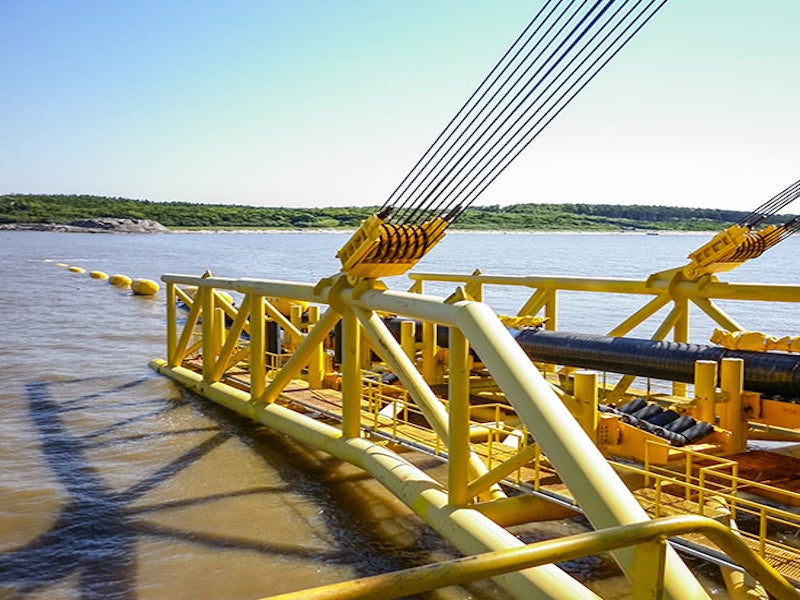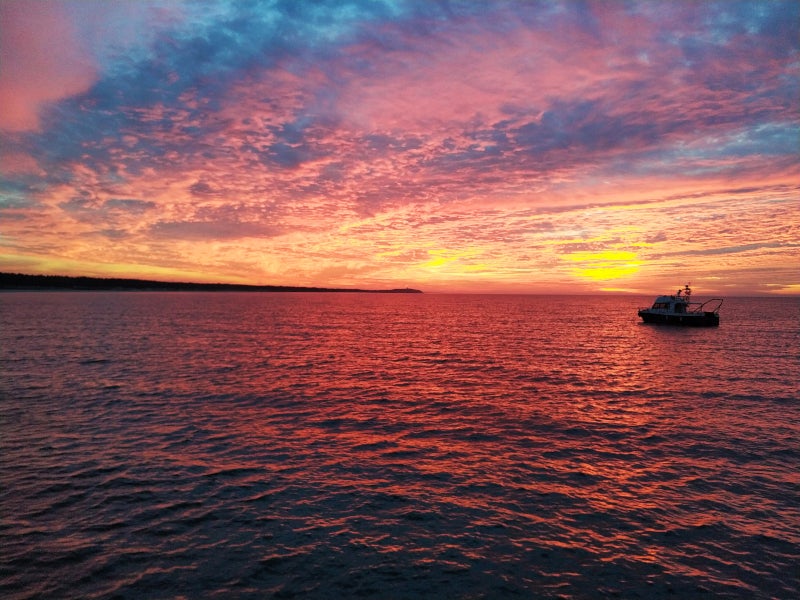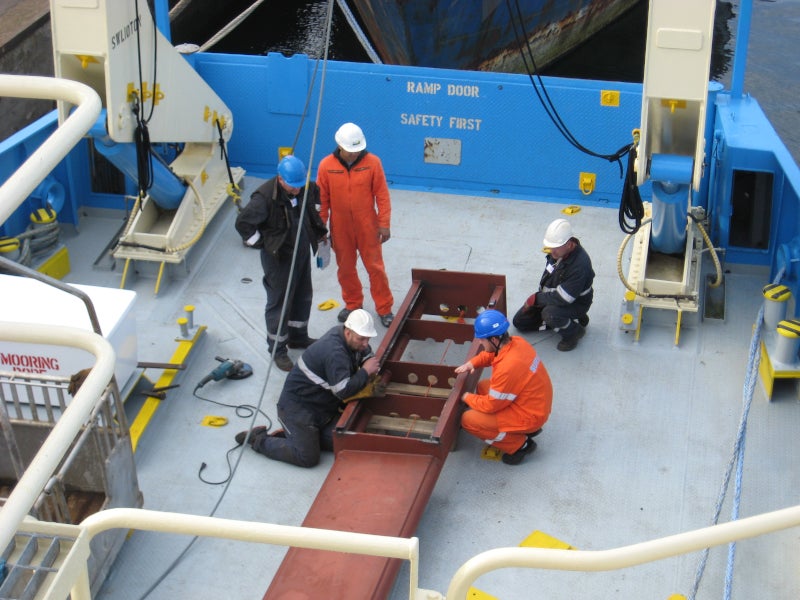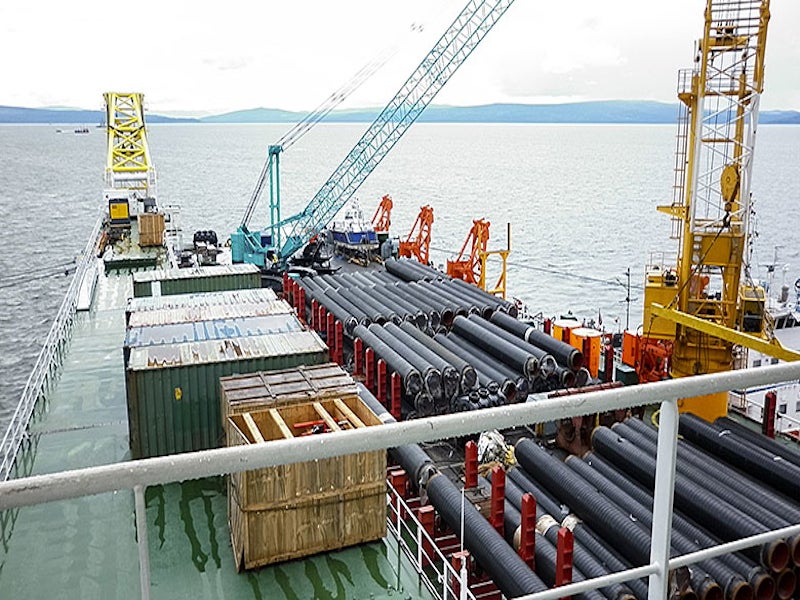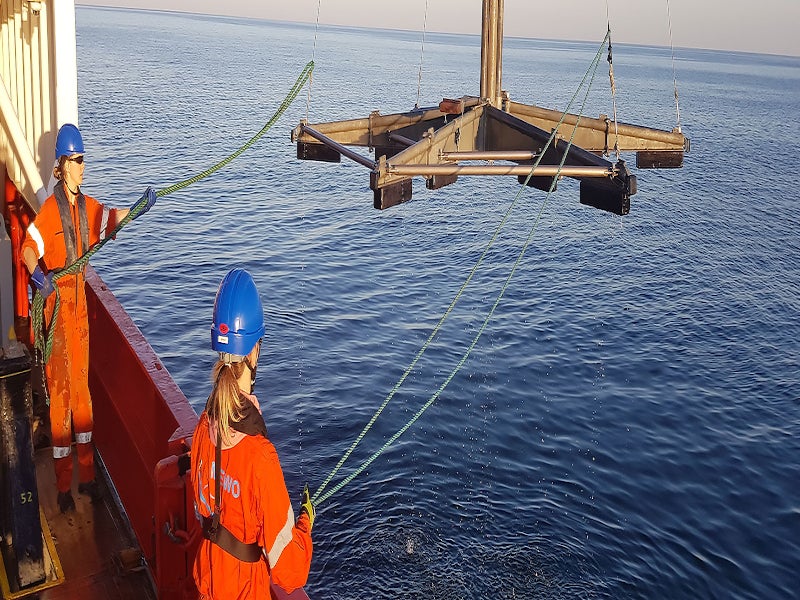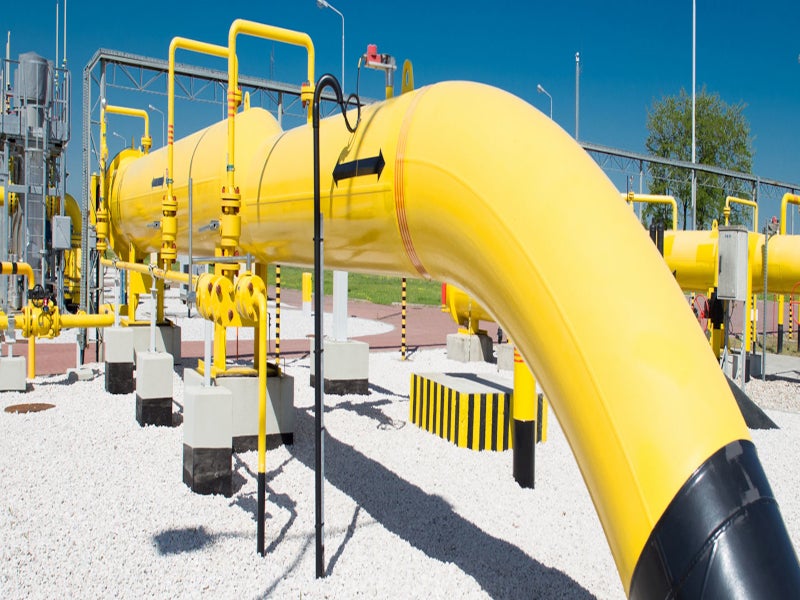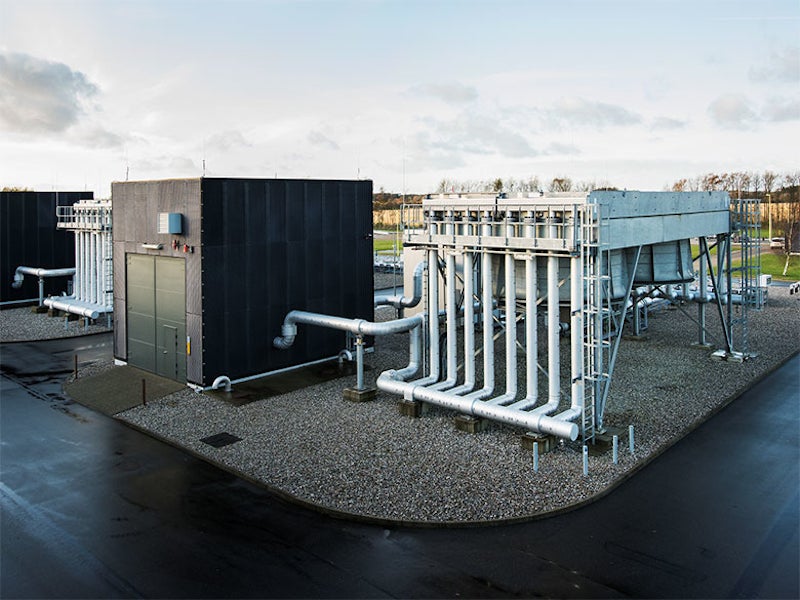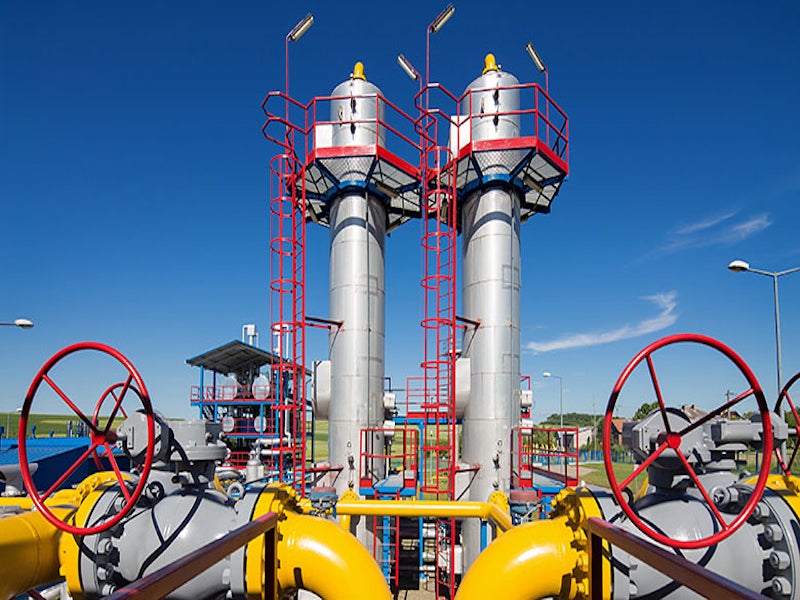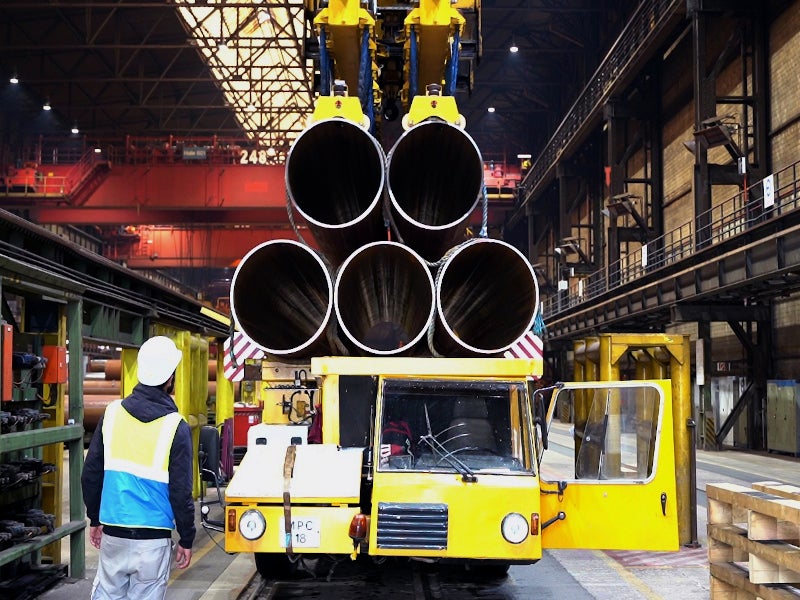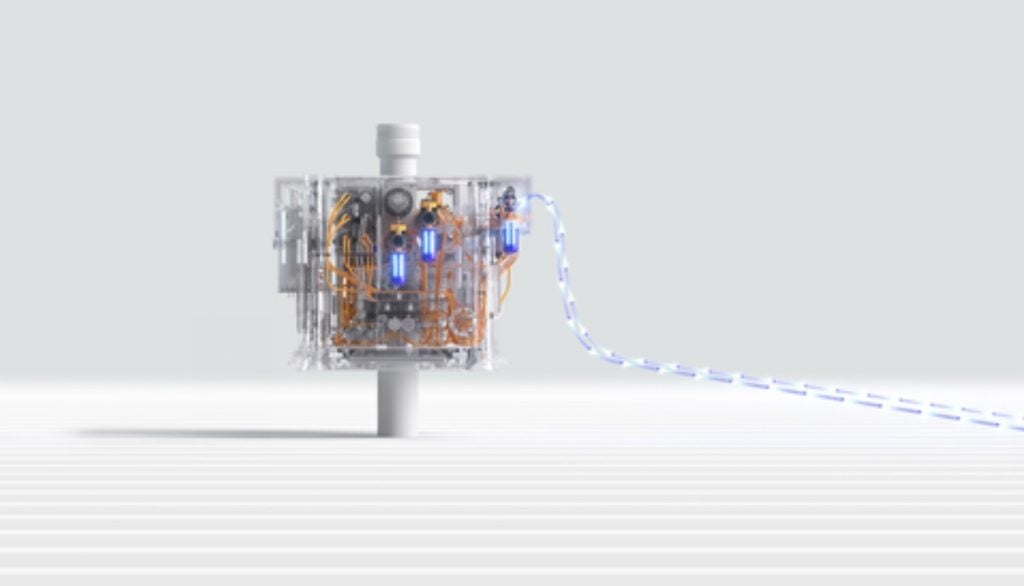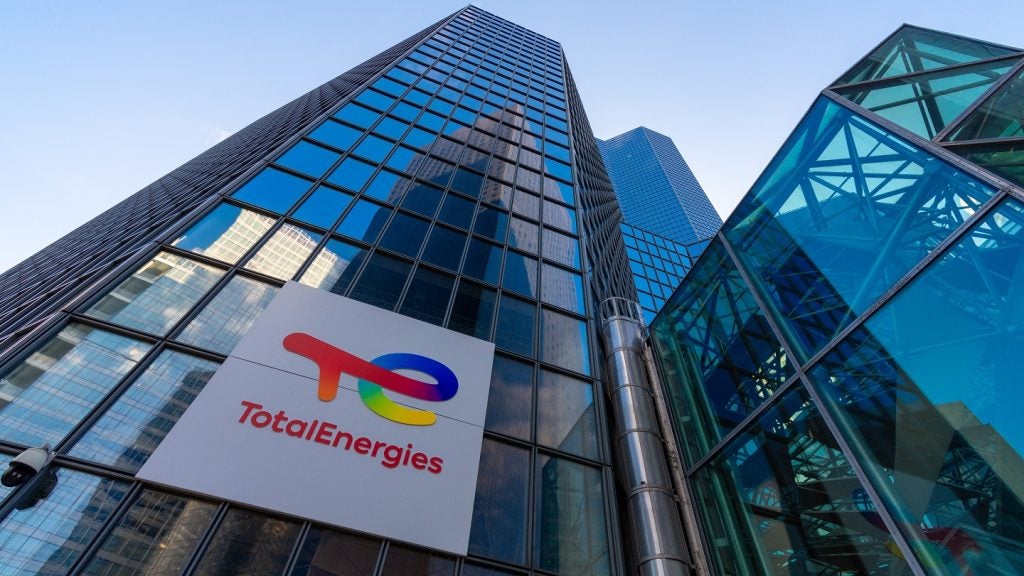Baltic Pipe project is an approximately 950km-long pipeline that will be constructed for the bidirectional transmission of natural gas between Denmark and Poland. The pipeline will pass through both marine and land region, providing access to gas from the North Sea.
The offshore pipeline will move through the marine regions of Denmark, Sweden and Poland.
Energinet, a Danish energy company, will develop the project in collaboration with Gaz-System, a Polish natural gas transmission system operator.
The budget for the construction of the pipeline is estimated to be kr12bn-16bn ($1.8bn-$2.4bn), which will be equally borne by Energinet and Gaz-System.
Preparation works and major construction work on the project are expected to start in the second half of 2020, with the aim of commencing gas transmission services in October 2022. The project will increase the Polish and Danish gas transmission capacity by up to ten billion cubic metres of gas a year.
Baltic Pipe project approvals
The companies reached the final investment decision (FID) on the pipeline project in November 2018. The project secured the environmental approval to begin construction on land from the Danish authorities in July 2019. The Danish Minister of Climate, Energy and Utilities permitted the construction of the offshore section of the pipeline in October 2019.
Poland’s Government approved the approximately 56km-long offshore part construction of the pipeline, including the landfall, in April 2020. The Swedish Government approved the 85km-long pipeline construction in the Swedish Exclusive Economic Zone in May 2020. The approval of the Swedish Government marked the completion of the permission process for the construction of the Baltic Pipe.
Baltic Pipe gas pipeline project route
The Baltic Pipe project comprises five segments, including the North Sea offshore pipeline, Onshore Denmark, Compressor station on Zealand in Denmark, The Baltic Sea offshore pipeline between Denmark and Poland, and Onshore Poland.
Energinet is responsible for the design, construction and operation of the first three segments, while the last two will be developed by Gaz-System. The Polish company will implement the construction of the Denmark-Poland offshore pipeline and the expansion of Poland’s gas transmission system.
The pipeline is a strategic infrastructure, which will establish a new inter-European gas supply corridor from Norway to Poland, Sweden, Denmark and the Baltic states, as well as the central and eastern portions of Europe.
Details of the gas pipeline segments developed by Energinet
The North Sea offshore pipeline segment of the project will be approximately 105km to 110km long. Measuring 800mm in diameter, the pipeline will have an operating pressure of 8.5 to 11 megapascal (Mpa).
The segment will connect the Norwegian gas supply source to the Danish onshore transmission system via Europipe II, an existing dry gas export pipeline in the North Sea carrying natural gas from Norway to Germany. It will make landfall near Blabjerg on the west coast of Denmark. The new offshore pipeline will be joined with Europipe II.
In the Onshore Denmark segment of the project, the gas will be transported from the Danish west coast to South-East part of Zealand via 210km-230km long new onshore pipeline. The pipeline will have a diameter of 900mm-1,000mm and operate at a pressure of five to eight megapascal.
The compressor station featuring 5Mpa-12Mpa building capacity will be developed in an area of up to 20ha at Zealand. It will increase the gas pressure for transportation to Poland through the offshore pipeline in the Baltic Sea as well as back into the Danish transmission system.
Details of gas pipeline segments developed by Gaz-System
The 275km-long, 36in concrete-coated offshore pipeline segment will be laid, using Saipem S-lay vessels, in a water depth of 4m-57m in the Baltic Sea.
Measuring 900mm in diameter with an operating pressure of 6Mpa-12Mpa, the pipeline will start from Faxe Bay shore, pass through the Swedish Exclusive Economic Zone, go around Bornholm to the territorial waters of Poland. The pipeline section in the Baltic Sea, excluding the Swedish Marine region, will be approximately 133km long.
The pipeline will make the landfall near Niechorze and Pogorzelica in Rewal commune on the Baltic coast of Poland. It will have two sections, with each section measuring 12m-long.
In Onshore Poland segment, GAZ-SYSTEM will construct and modernise three gas compressor stations. Approximately 230km to 280km-long new pipeline with 900mm-1,000mm diameter and 8.4Mpa-15Mpa operating pressure will be laid on land, expanding the Polish gas transmission system.
Financial details of Baltic Pipe gas pipeline project
The European Commission (EC) granted approximately €215m ($235m) for the construction of the pipeline under the European Union’s (EU) Connecting Europe Facility (CEF). The project is recognised as a “Project of Common Interest” (PCI) by the EC.
The EC contribution for the engineering works of the project in 2017 and 2018 stood at a maximum of €51.4m ($58.94m). In 2015, the pipeline project was supported by the EC with funding of €400,000 ($458,736) for the feasibility study.
Contractors involved
Ramboll, Gazoprojekt, and Ernst & Young prepared the feasibility study for the project, while Cowi will provide consulting services for the project.
Saipem received a contract worth approximately €280m ($307.2m) to transport and install the offshore gas pipeline between Denmark and Poland in May 2020. The project also involves micro-tunnelling and civil works, rock-dumping as well as pre and post-lay trenching and backfilling works.

